The limited-edition Ford Mustang GTD has been revealed as the ultimate road-worthy variant of the beloved pony car. Inspired by the new 2024 Mustang GT3, set to compete in the 24 Hours of Le Mans next year, it will occupy the peak position within the Mustang lineup, above even the 2024 Dark Horse R. The GTD will be built both by Ford and Multimatic, the Canadian company that is also making the GT3 cars.
The Mustang GTD represents the most extreme version of the Mustang ever, with a lot of inspiration from the above mentioned race car. Some of the unique upgrades for this top-tier Mustang include a wide-body kit, carbon fiber-intensive body panels, aggressive aerodynamic enhancements, and the most powerful engine ever to be fitted from the factory.
Let’s break down some of the important specs:
Engine & Transmission
That engine is, of course, the rock-solid reliable Coyote 5.0L, but it now has a bachelor’s degree in raw power. At the University of Ford Performance, with a major in Multimatic engineering, the humble Coyote has been expanded to 5.2L, and as a graduation present, it received a massive supercharger with intercooler. To add some bling, it also will redline above 7,500 RPM, and features titanium throughout, including both the intake and exhaust valves.
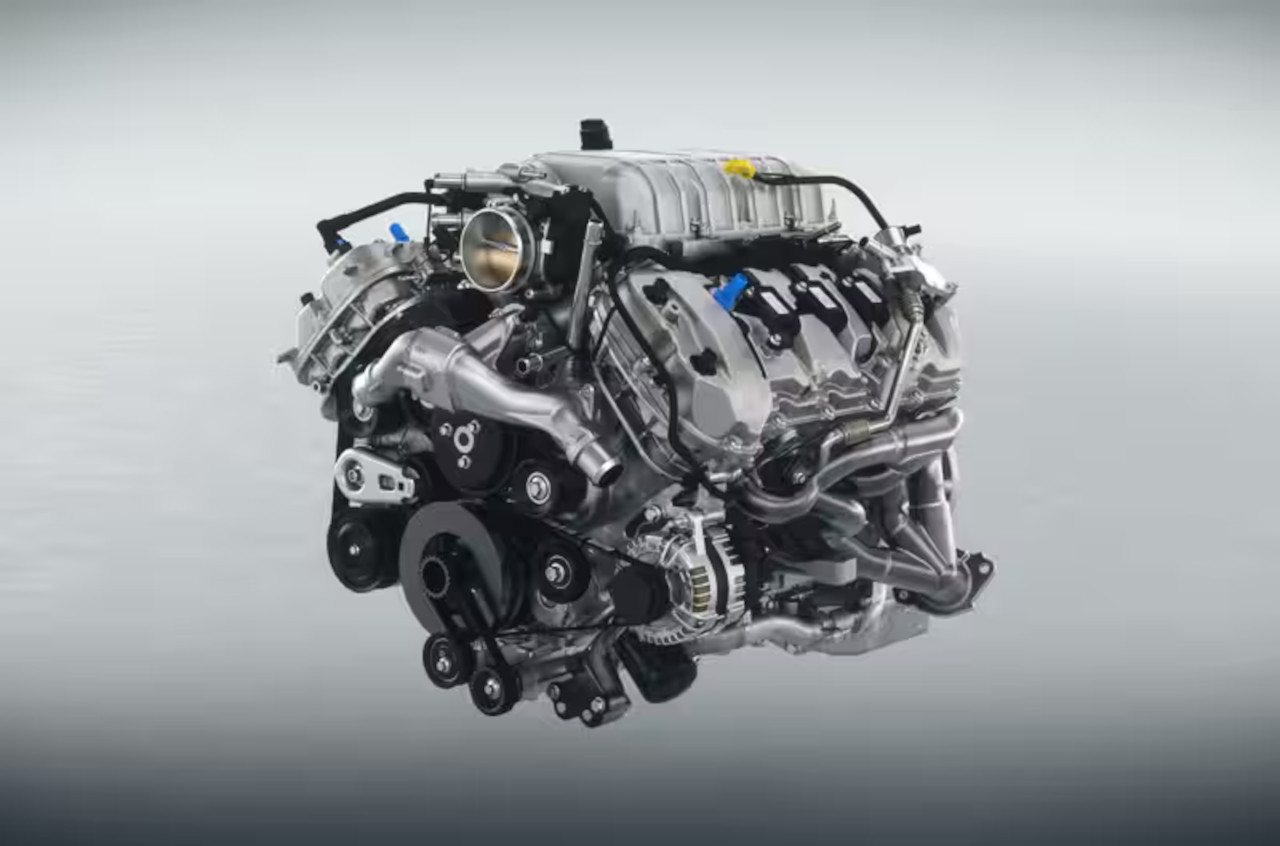
The result is a monster that will put out 800 or more horsepower, easily eclipsing the previous record holder, the 2022 Shelby Mustang GT500 with its 760 HP. Another important fact about the new engine is that it will be the first ever Mustang engine built for the road that will use a dry-sump oil system, to keep things lubricated during hard and repeated cornering.
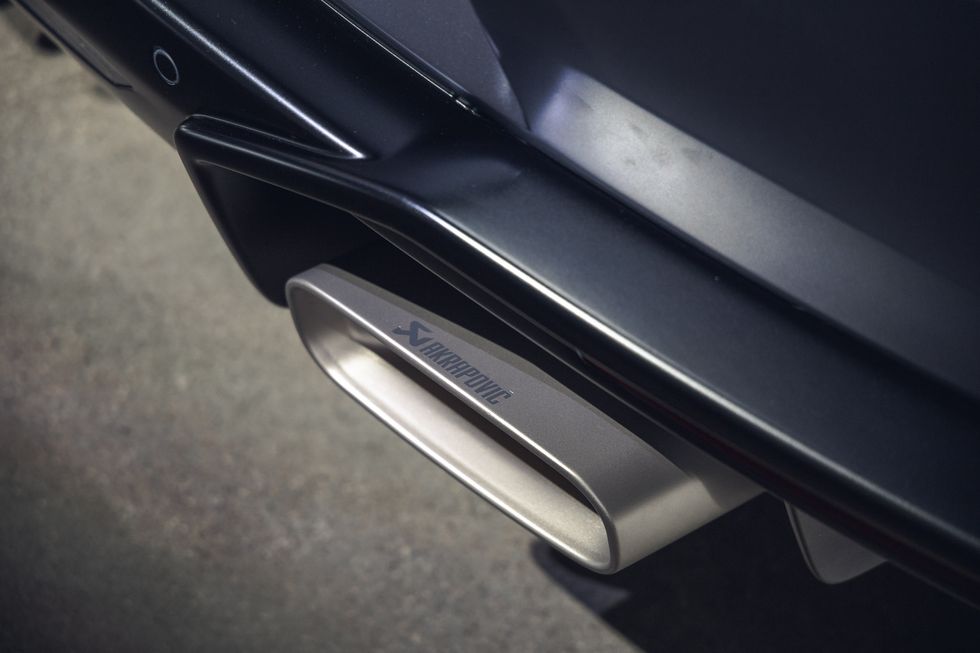
The GTD has taken a page from supercars and high end sports cars around the world as well, and separated the transmission from the engine entirely. Instead, the 8-speed semi-automatic dual-clutch gearbox is mounted as a transaxle as far back in the chassis as possible, and connects via a reinforced carbon fiber drive shaft.
Weight Distribution
What makes the GTD even more special is that it will be the first mid-engined Mustang. During teases and leaks, it was thought that the mid-engine placement was going to be in the typical supercar position behind the driver, but it is now known that the engine is going to be in a front mid-mount placement.
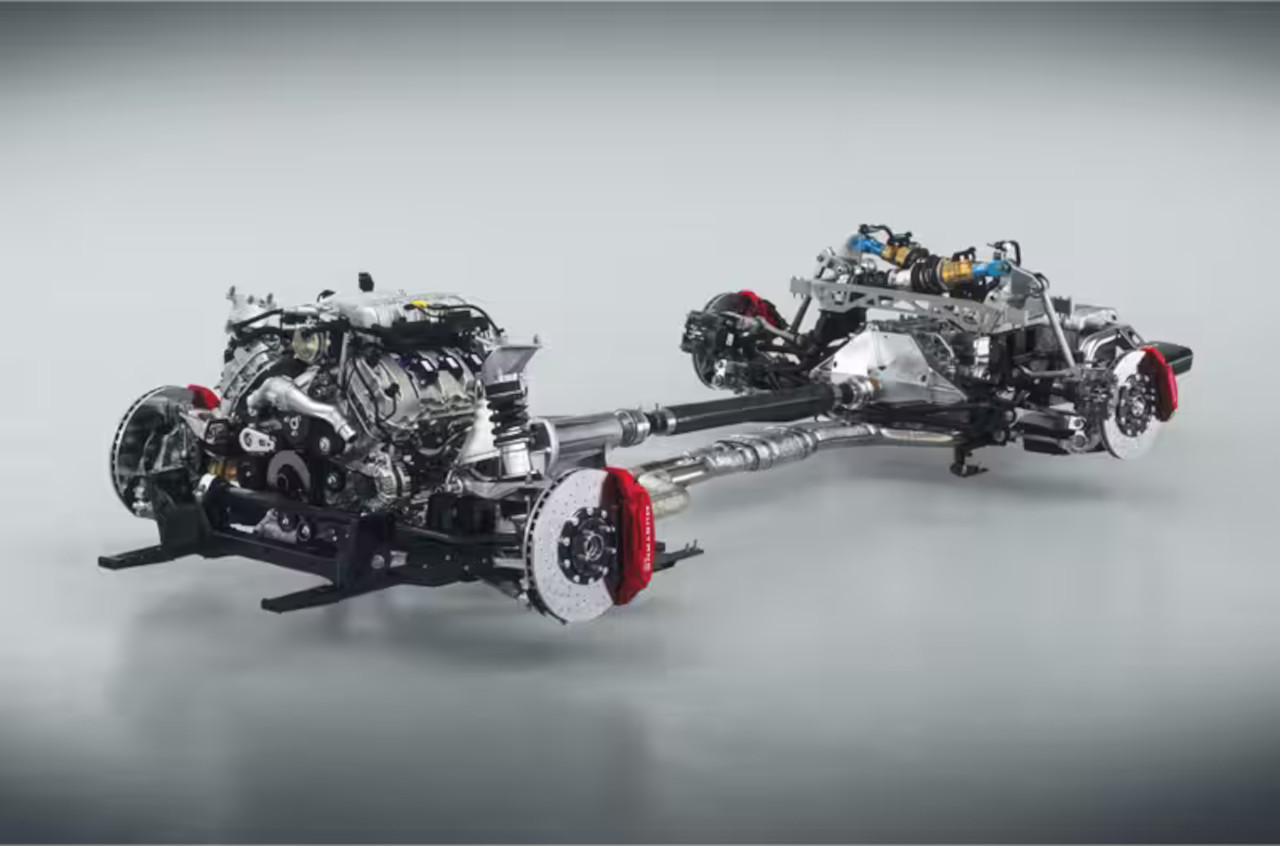
This placement is lifted directly from the GT3 race car, and has the engine entirely, and quite literally by a millimeter, behind the chassis front axle line, but ahead of the driver. That means that the driver and passenger seats have been shoved back and down so that the firewall can be moved back, and puts a lot more weight between the wheels than over them. The result is a nearly perfect 50/50 weight distribution, giving the Mustang GTD exceptional cornering.
On top of all of that, almost everything is made of carbon fiber. Ford lists, at the very least, the front and rear fenders, hood, “trunk” cover, door sills, front splitter, rear diffuser, and even the roof are all carbon, and you can option to take it even further with the front and rear fascias also available in carbon.
Aerodynamics & Cooling
While weight distribution is important, the fact is that at the speeds the GTD will be going, it needs to stay planted to the road. This is achieved through both passive and active aerodynamic elements.
Passive
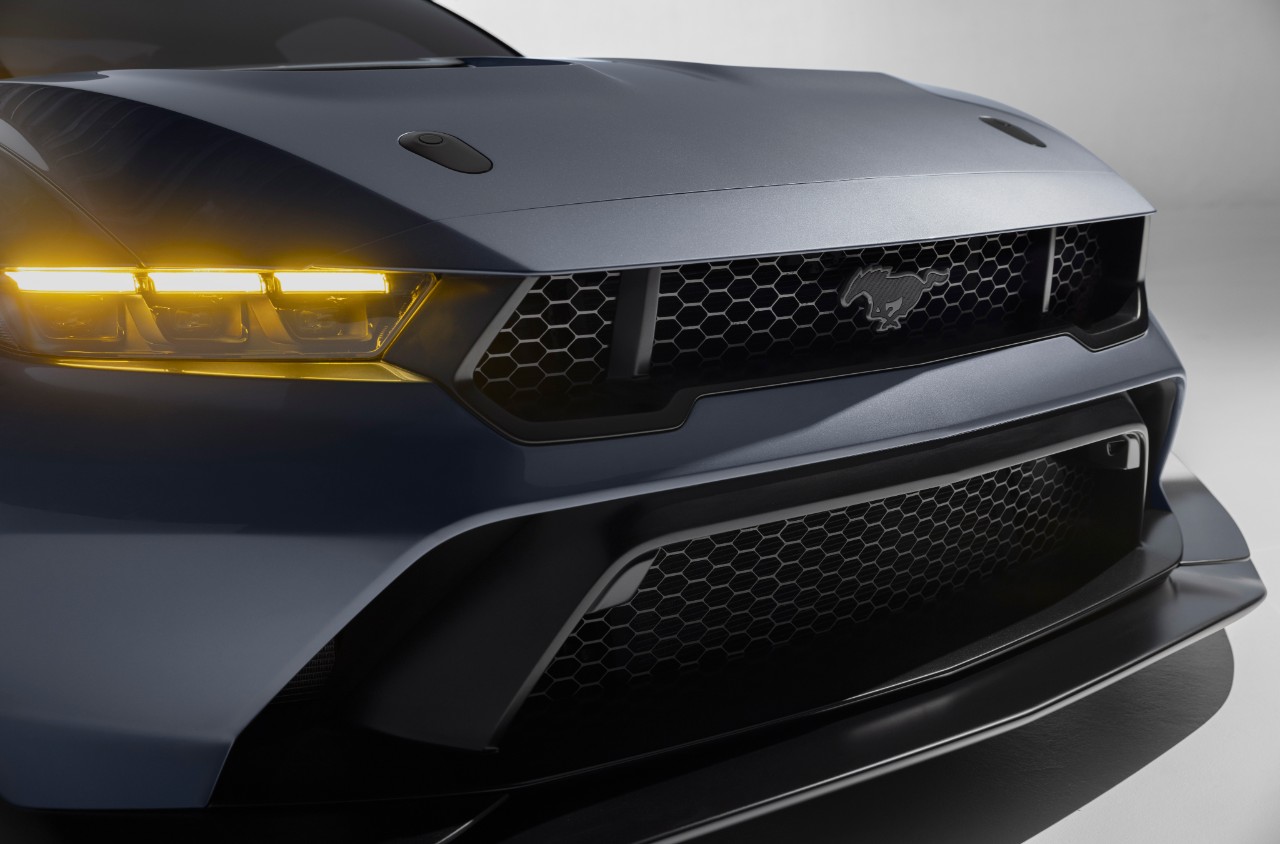
On the passive side of things, there is a massive front splitter with dive planes mounted above the outer edges to shove the front end of the car into the road. Those winglets also direct air up and over the front wheel arches, where they aid in evacuating engine bay and brake heat from via a series of large louvre slashes in the quarter panels. The incoming cooling air comes in via the large radiator grille and two dedicated brake cooling tunnels on the outer edges of the lower grille.
In terms of rear end passive aerodynamics, most of it happens under the skin of the GTD. Instead of having rear seats, this super-Mustang replaces them with the transaxle and the inboard multilink pushrod rear suspension that is mounted to the transaxle. Instead of a trunk, there is a massive gearbox cooling unit that sits at the top end of two venturi tunnels that start under the seats.
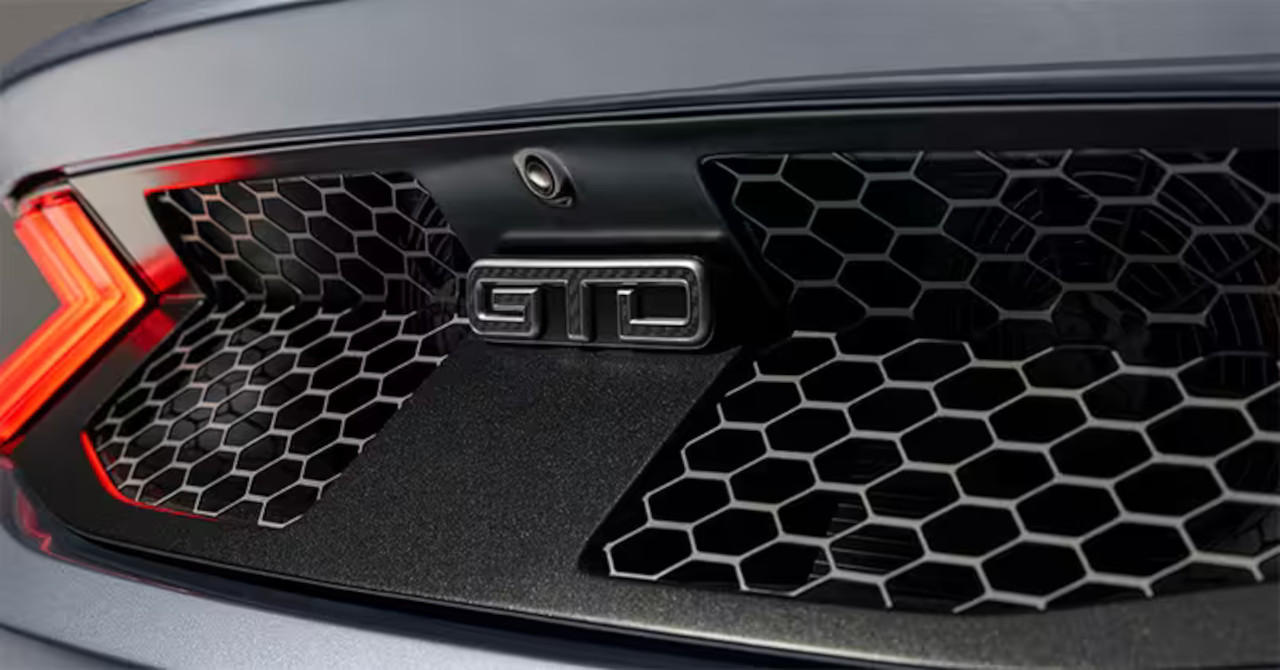
This airflow is released via two large exhaust vents under the shaped lip spoiler at the rear of the “trunk,” and receives a boost via two air intake ports in front of the rear wheels, of which part is used to cool the rear brakes, and the other part is fed into the airflow passing through the gearbox heat exhanger unit.
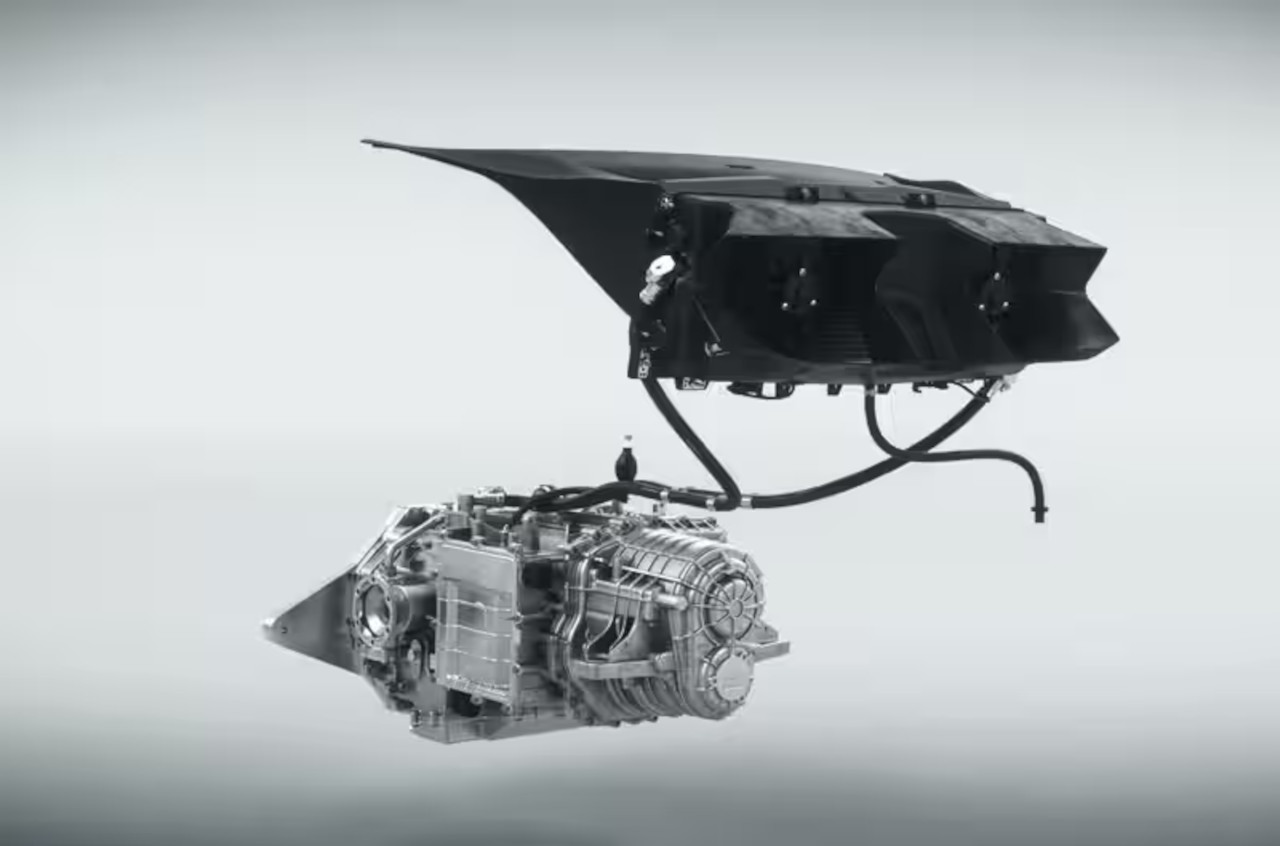
Hidden away from view as well are two air scoops at the top of the “trunk” lid that scoop in air coming down the fastback rear glass and feeding that as well to the gearbox cooling system.
Active
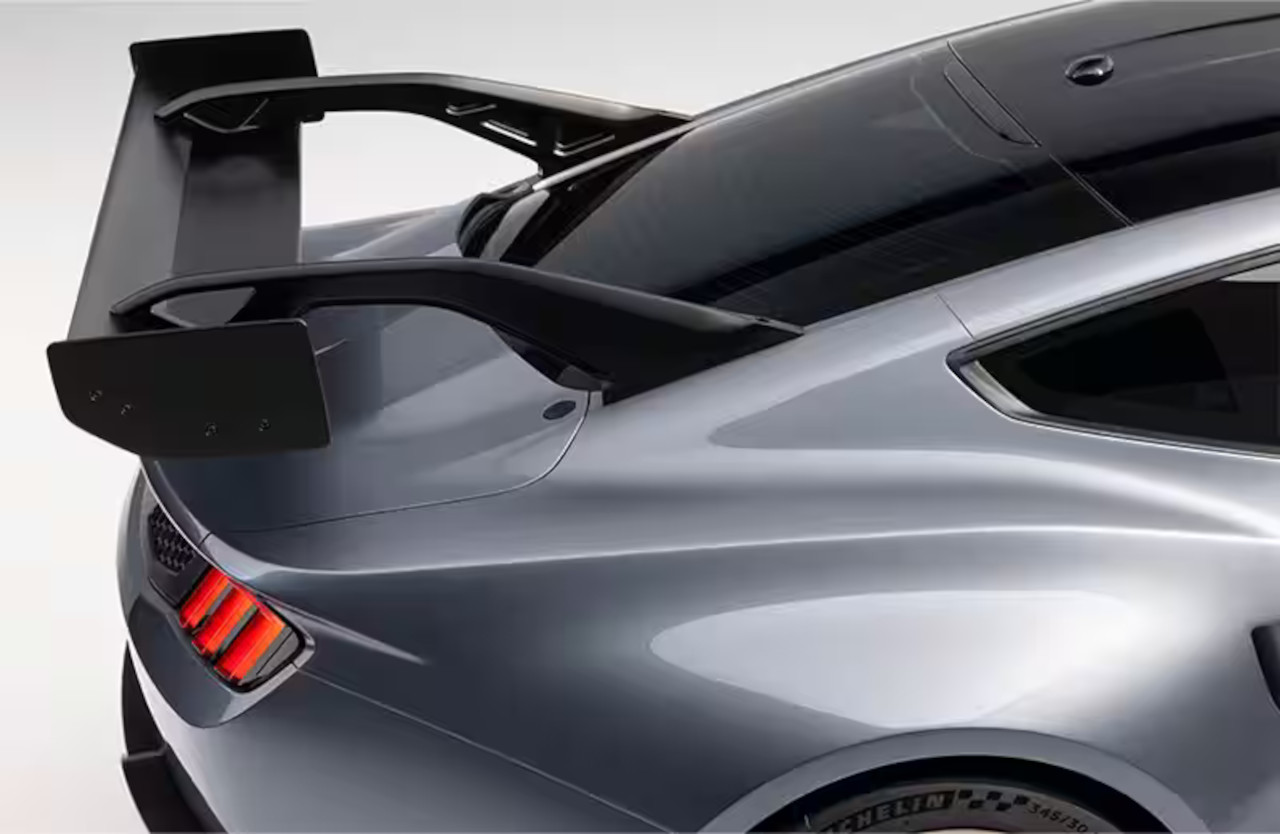
Active elements on the GTD come mostly as optional extras in the appropriately named “Aero Package.” In standard trim, the GTD receives the same rear wing as the GT3 car, which is set-it-and-forget-it passive. With the Aero Package, however, that rear wing becomes active, with some angular control of the entire unit, and an active upper element that functions as a Drag Reduction System (DRS) by popping open and allowing more airflow through between the upper and lower elements.
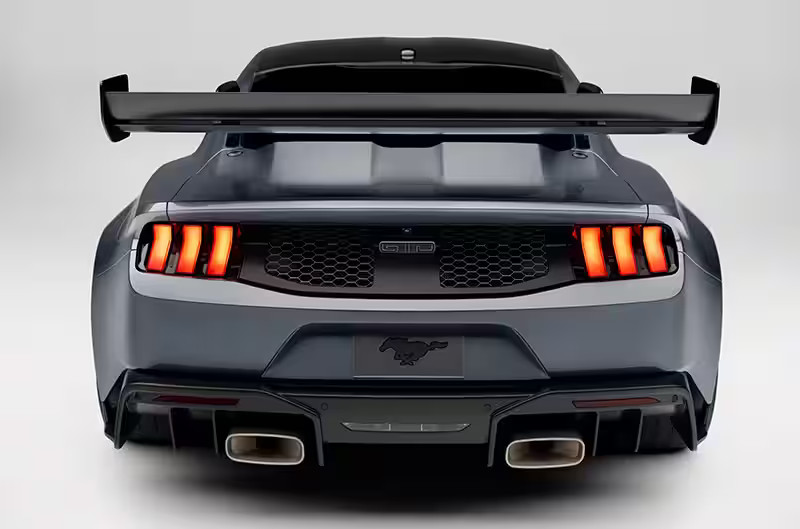
With the Aero Package, there is also a full underbody aerodynamic tray with active flaps that are illegal in racing, but perfectly legal for road use. These flaps are mounted at the front, and will open and close to various degrees, with the active rear wing also angling and moving as needed, to keep the car perfectly planted to the tarmac.
Dynamics & Suspension
The Mustang GTD will feature the single most advanced suspension setup any factory Mustang has ever received. Both front and rear suspension pieces are semi-active, as they were with Multimatic’s previous exploit with Ford, the GT supercar.

Up front, the system uses short-long arm suspension with active ride height and spring rate. This allows for the car to corner flat, varying the stiffness of the outer suspension to keep the tire with the most force going through it planted hard into the road.
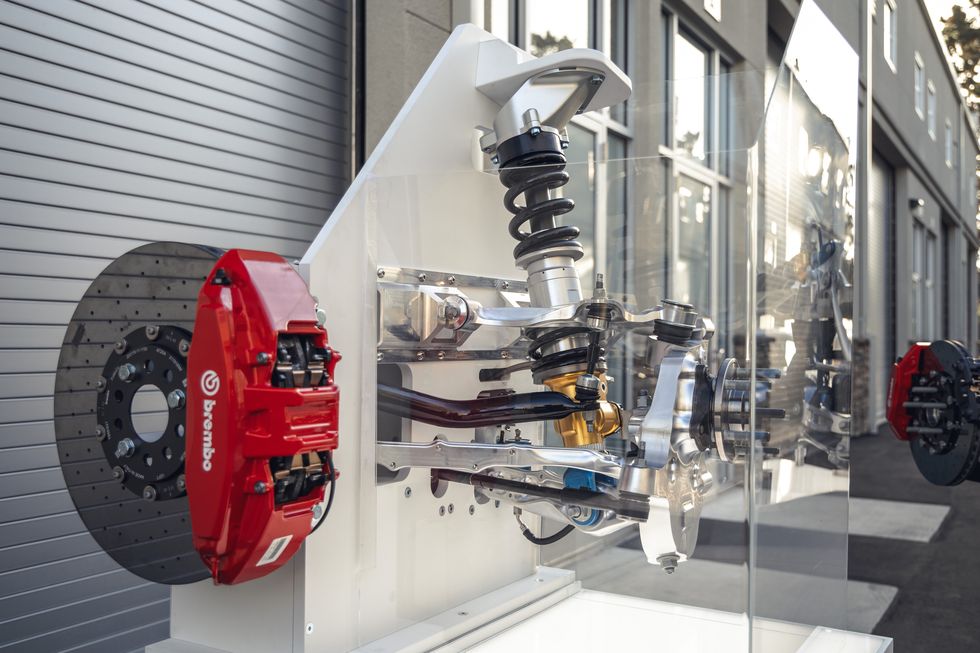
Out back, an integral-link pushrod and rocker arm system is in place, with the main shock absorber and coil over springs are mounted to tubular frame cross-body brace, which itself is securely mounted to the rear-mounted transaxle. This architecture, once more lifted straight from the GT3 car but modified to include the active components, allows for a motion ratio of pushrod to damper at a perfect 1:1.
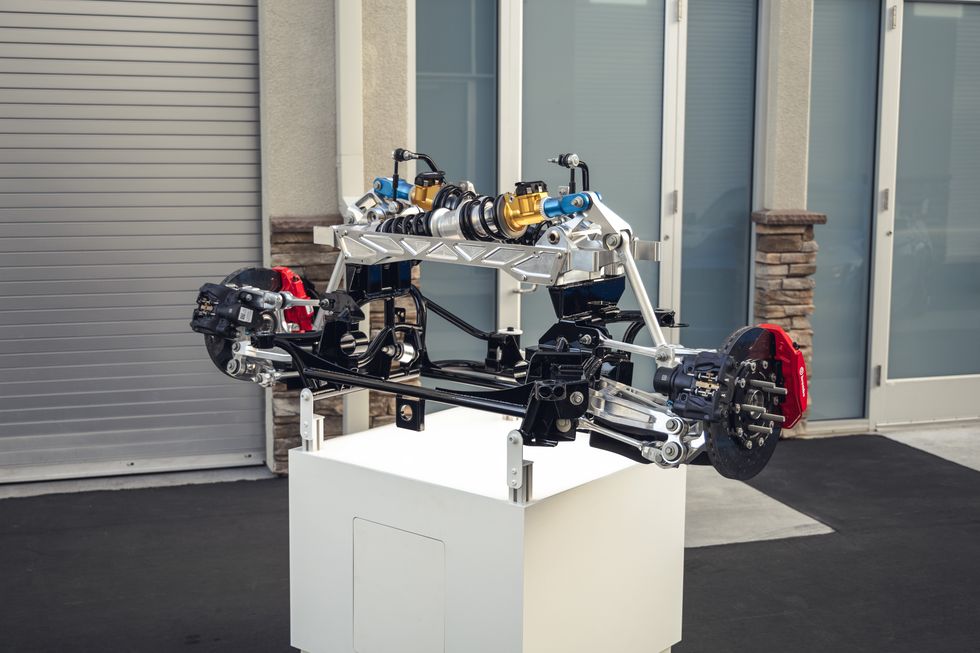
There is also a track mode option, which slams the GTD down a full 40mm and stiffens all the components to their maximum. In road mode or sport mode, the suspension will adjust hundreds of times per second to ensure the optimal driving comfort or spirited canyon running setup, respectively.
Wheels, Tires, & Brakes
Of course, with 800+ HP on tap, in the lightest Mustang to hit the road or track in a long time, all that power needs to go somewhere.
The Mustang GTD is equipped with some properly massive wheels, either standard forged aluminum or available forged magnesium. Up front, they are 20 inch diameter by 325 millimeter width, which is the same width as the rear tires of the second generation Ford GT. The rear tires of the GTD are 20 inch diameter with a scarcely believable 345 mm width, the largest ever fitted to a Mustang of any generation.

All four wheels will come shod in some expensive boots as well, namely Michelin Pilot Sport Cup 2 Rs. For those unaware, these are about as close to semi-slicks as you can get that are still road legal.
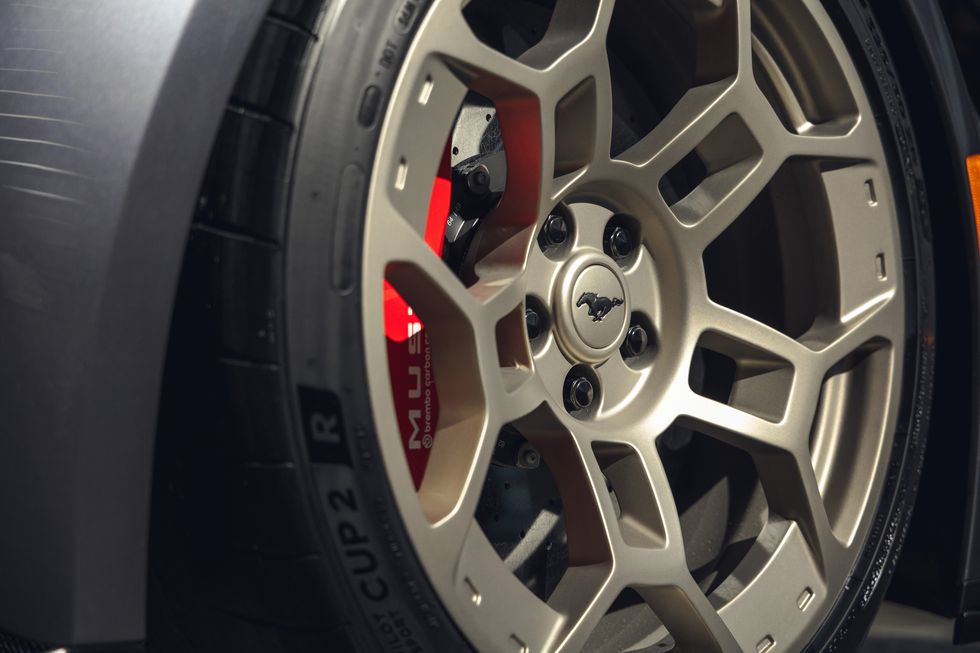
The wheels needed to be 20 inch diameter as well, because behind them lie some pretty ferocious brakes. Working with Brembo via Multimatic, the GTD features standard motorsports-grade carbon ceramic units, optimised for fade resistance and heat shedding. While no actual specification has been release in terms of sizes, it has been confirmed that the front brakes alone have a diameter greater than 315mm (12 inches).
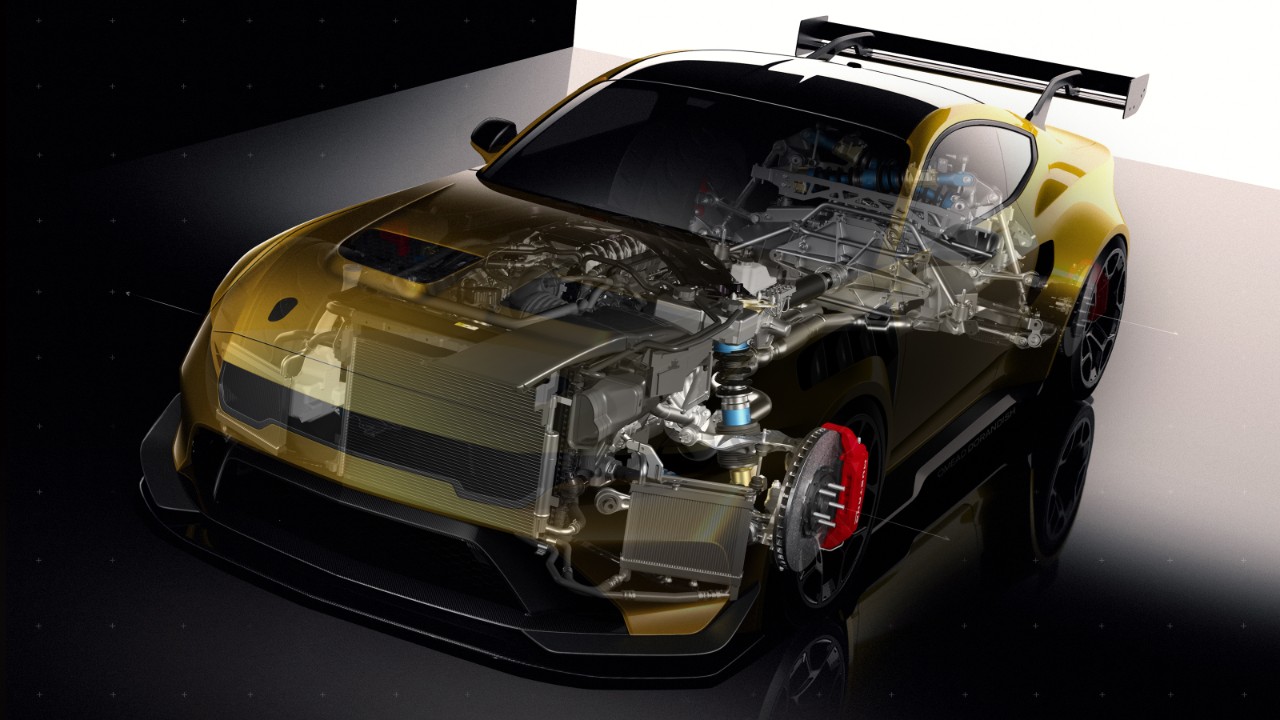
Front brake cooling will be delivered via intake tunnels either side of the radiator intake, exhausting through the front quarter panel louvres Rear brake cooling will be delivered via the side scoops at the lower end of the rear quarter panels ahead of the flared wheel arch, and will exhaust under the suspension system via ports that feed out through the diffuser.
Cabin & Driver Aids
As spoken to above, the rear seats of the GTD have been completely removed, and part of that space dedicated to the rear suspension, gearbox, and venturi tunnels that feed the gearbox cooling unit. There will be some cargo space, but expect it to be just big enough to fit a helmet and a race suit, and not be viable for a weekend trip to the coast. The seats have also been moved back and mounted as far down as possible, to keep the weight distribution optimised and the center of gravity low.
The entire interior is finished with premium materials, including Miko suede paired with fine leather and exposed carbon fiber. The seats, bespoke for the GTD, were designed in collaboration with RECARO and are both comfortable for road driving yet bolstered and supportive enough for spirited track day outings.
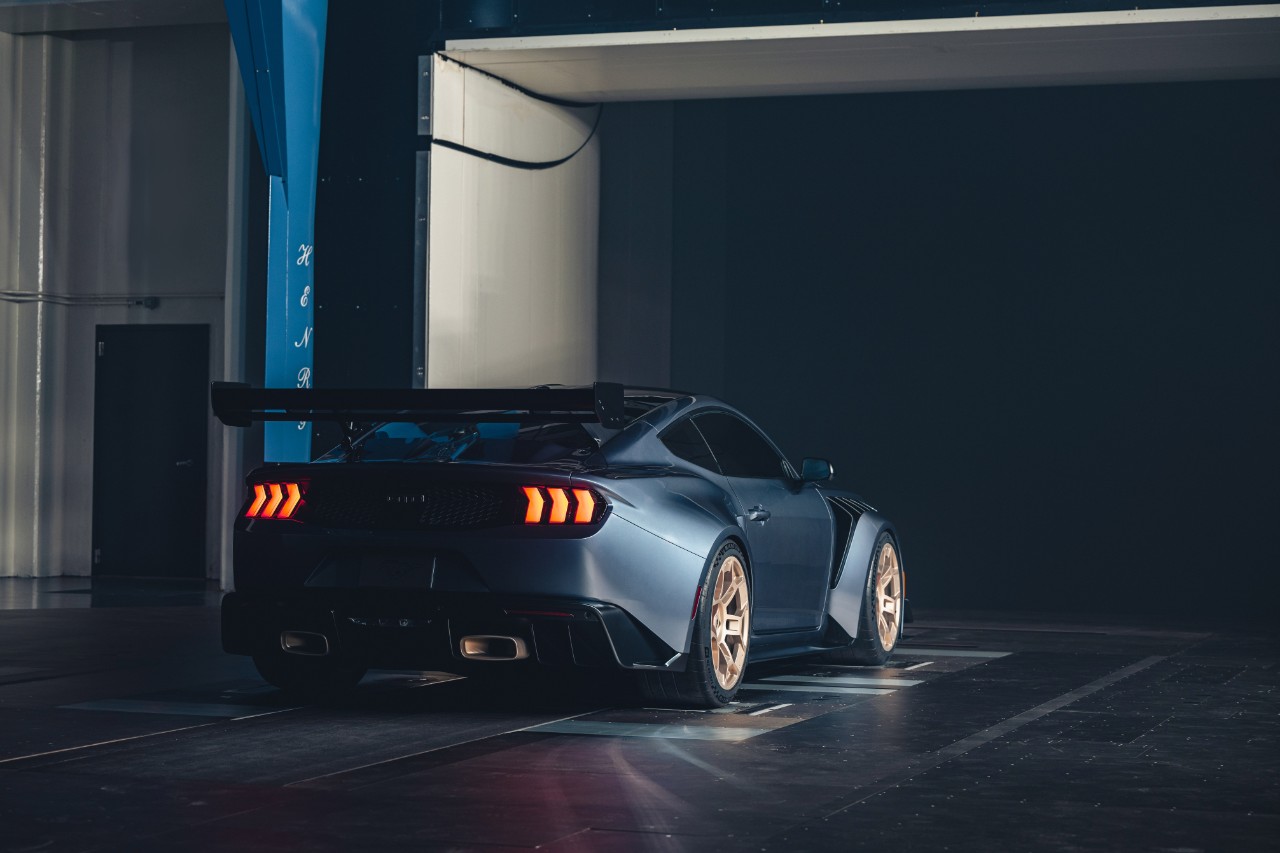
One of the quality touches to the interior is that the paddle shifters, rotary dial gear selector, and the serial number plate are all going to be made out of titanium that was sourced from materials gathered by Lockheed Martin to build F-22 Raptor fighter jets. A little touch of American might, in the premium example of American muscle.
In terms of driver interface and driver aid, as with all the other Gen 7 Mustangs, the GTD features a TFT digital dash. What makes it different from other Mustangs is that, like the Ford GT before it, it has multiple display modes depending on what driving mode you are in: Standard, Sport, Track.

The GTD also features a first-of-its-kind Mustang Variable Traction Control system, which operates normally in road going modes, but is driver controllable in track mode. This allows each owner to “dial in” their preferred amount of traction control interference and modulate engine output on the fly, with the controls mounted on the steering wheel. It also means that, as weather itself is unpredictable, each driver can adjust the setup of the car in track mode to suit a cooling track, a lightly wet track, and the like, so that they can keep setting lap records.
Pricing & Availability
Now for the only truly painful bit. There’s no other way to say it: The Mustang GTD, as the first Mustang supecar, carries a supercar price tag of $300,000. It is expected to open up for orders in Spring or Summer 2024, with deliveries in 2025.
That is also just the MSRP. That does not account for any customization, as the GTD can be ordered in any color, including color matched to a customer provided sample, as well as not accounting for any packages. The only known package at this time is the Aero Package to add active aerodynamics, but we are sure there will be other packages announced at the same time as the final specs are released, sometime in 2024.



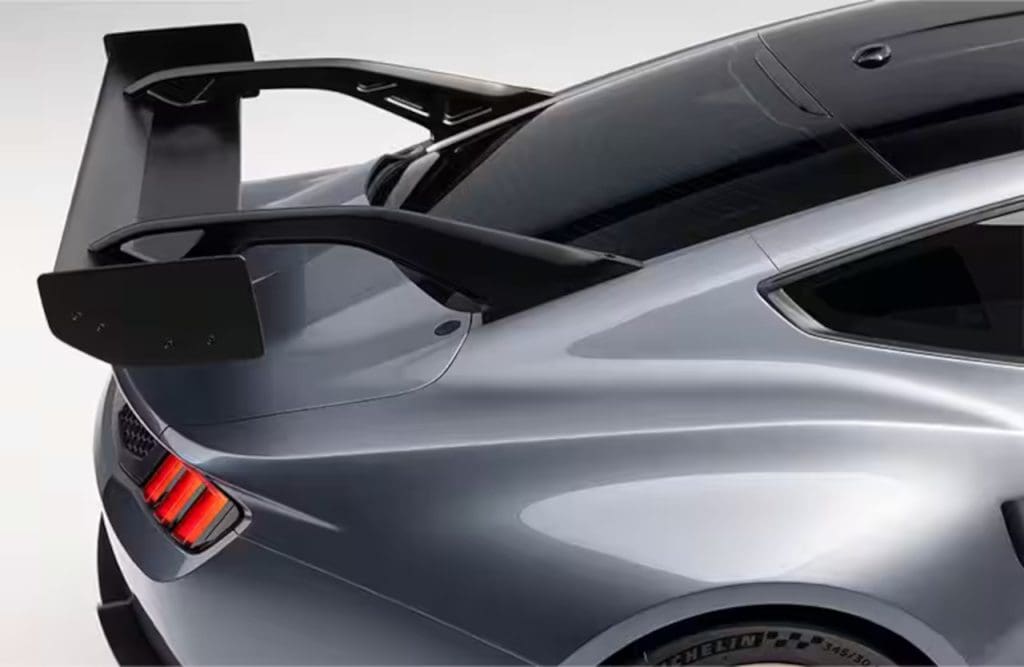
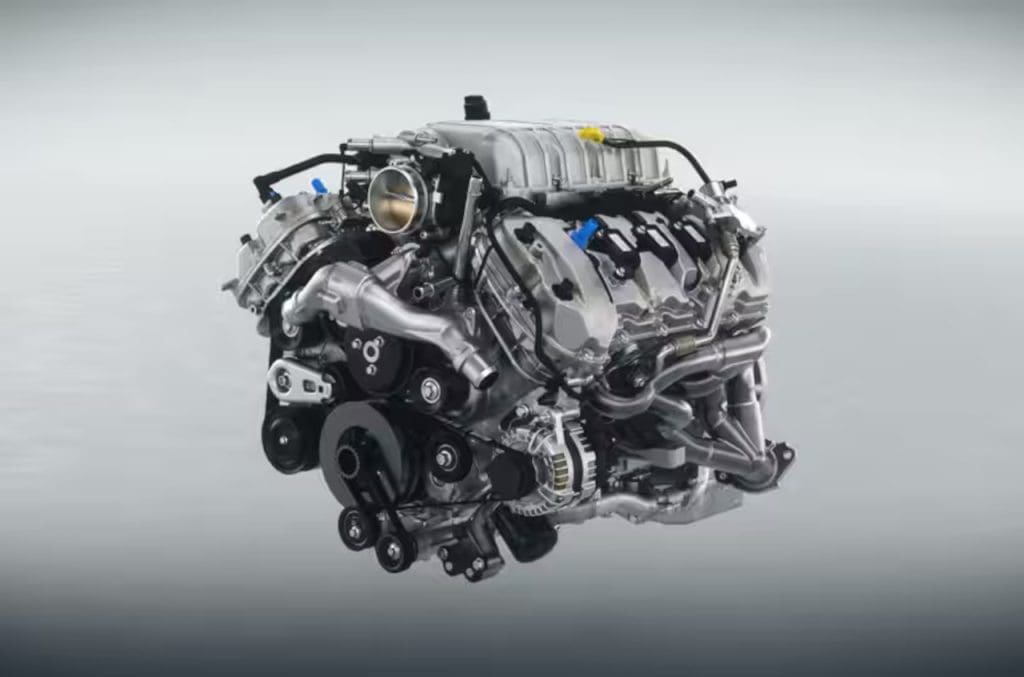
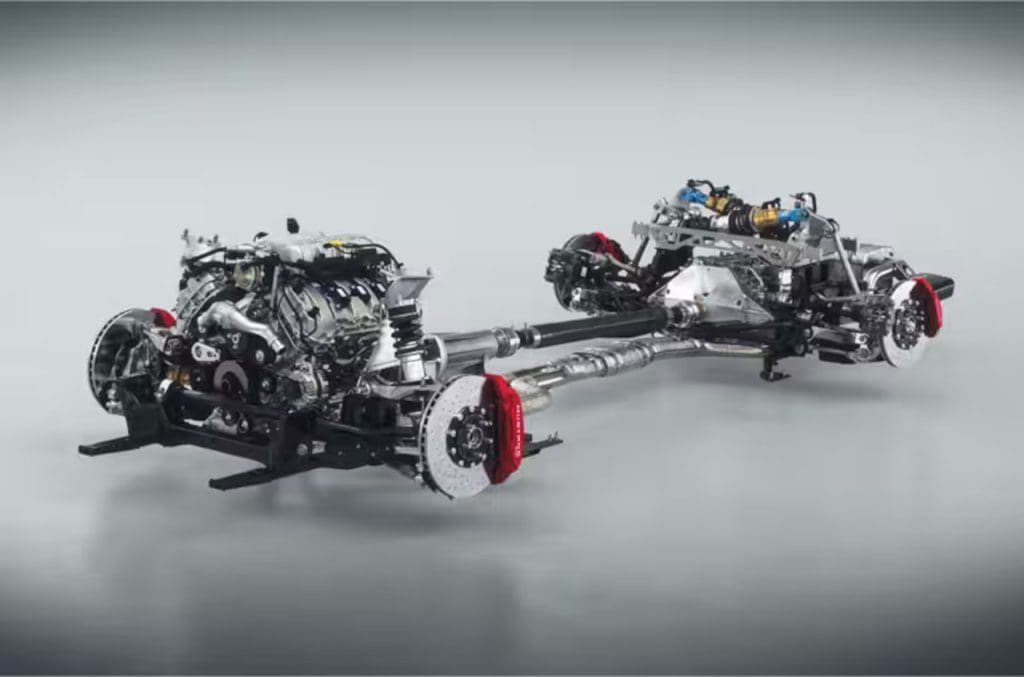
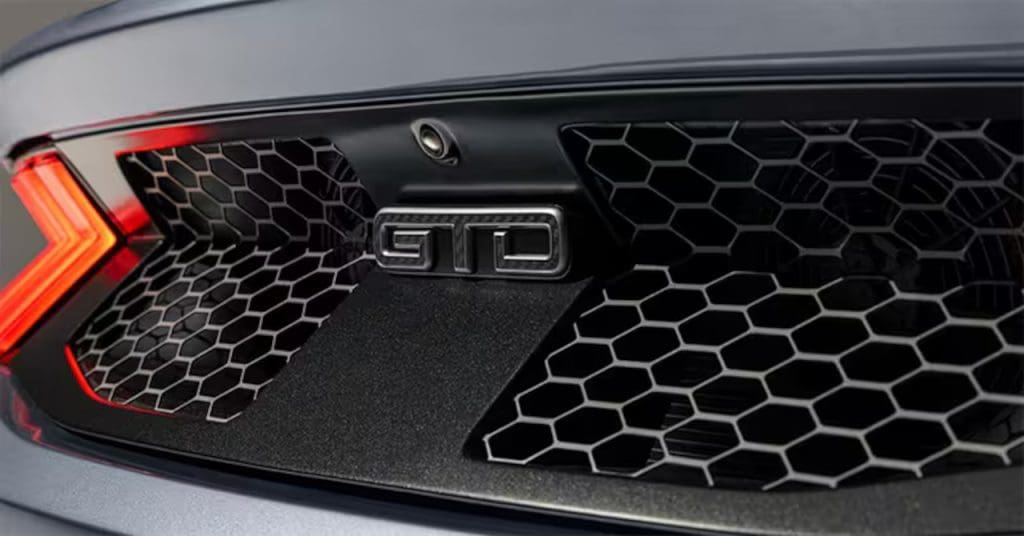
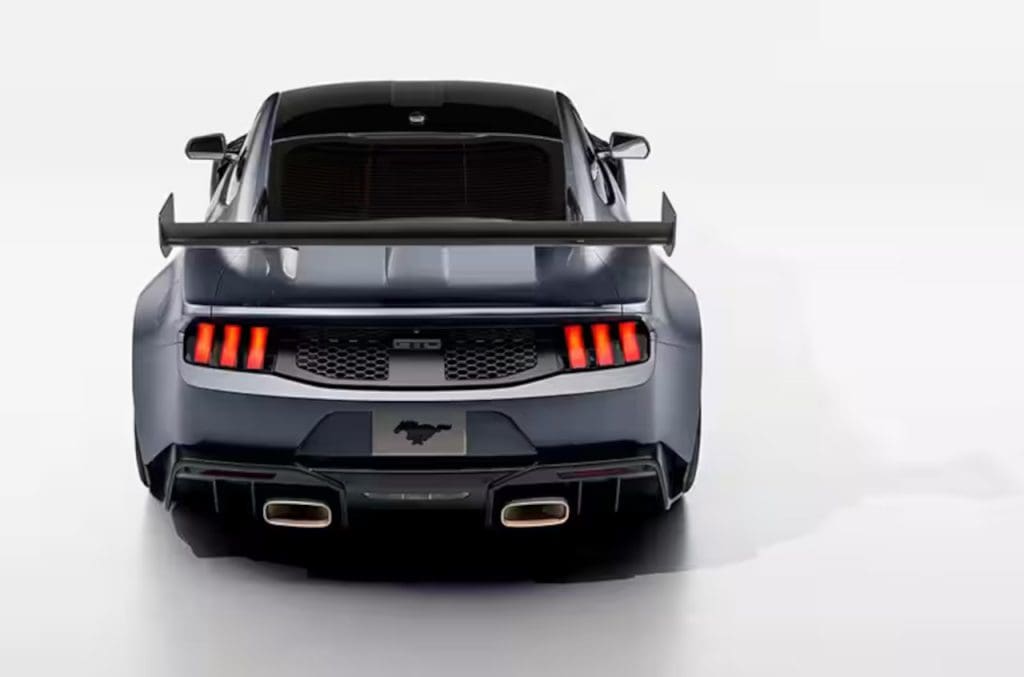


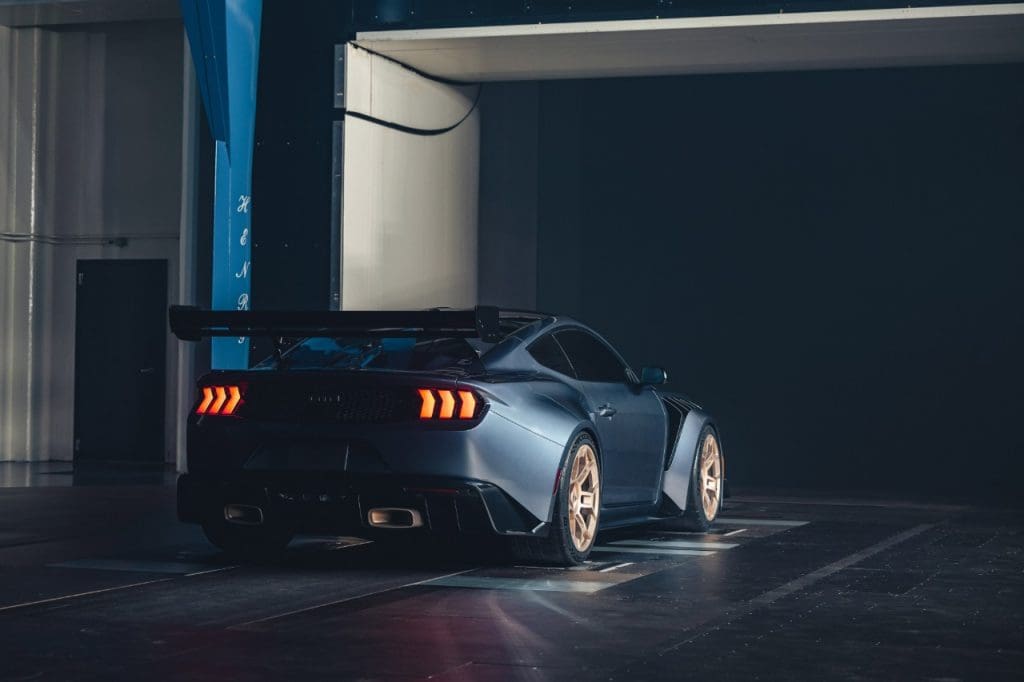



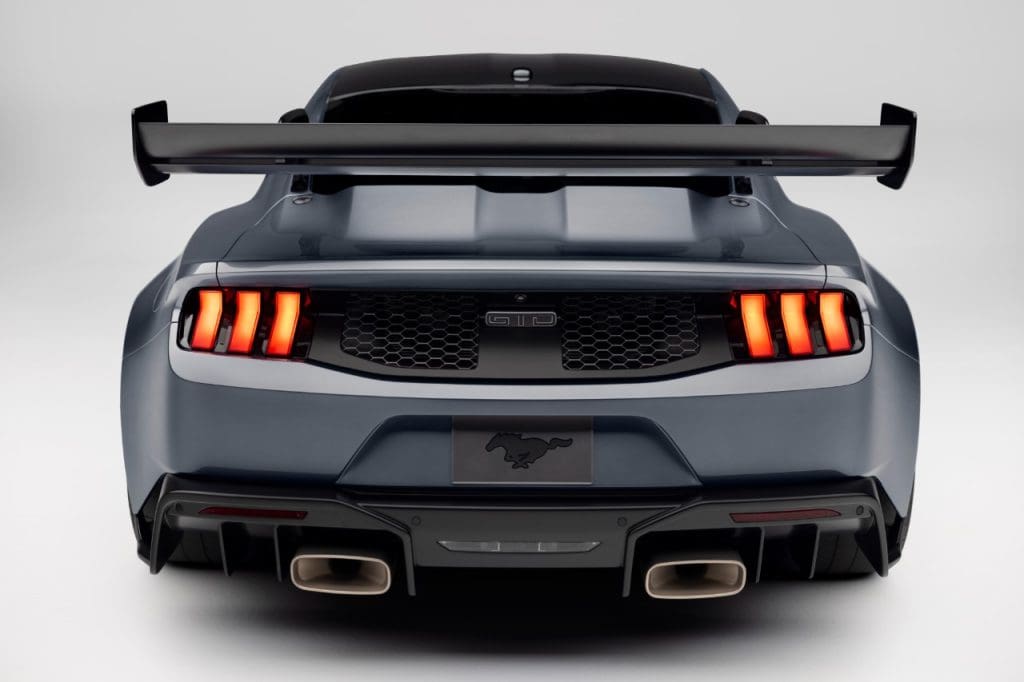

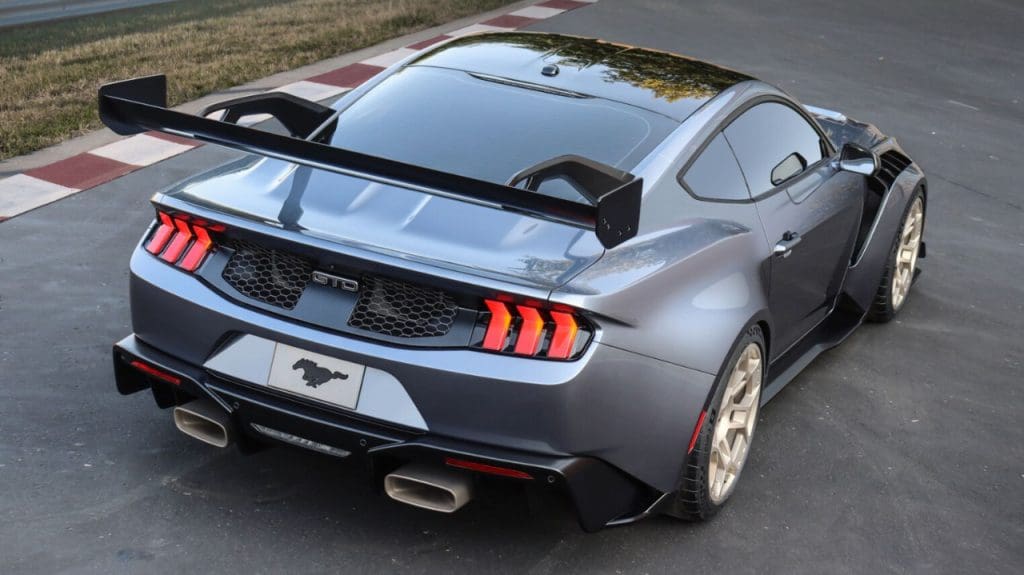



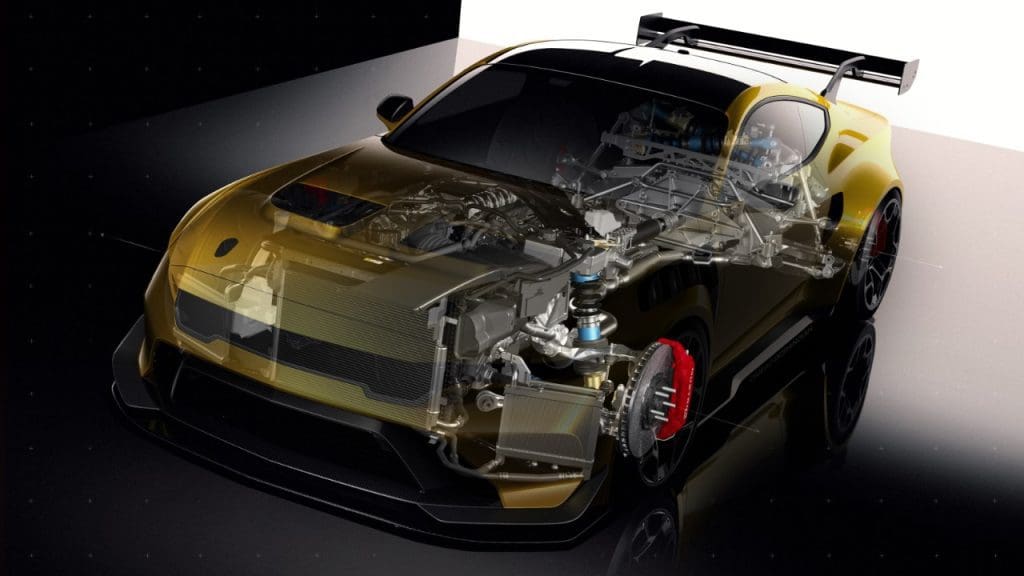
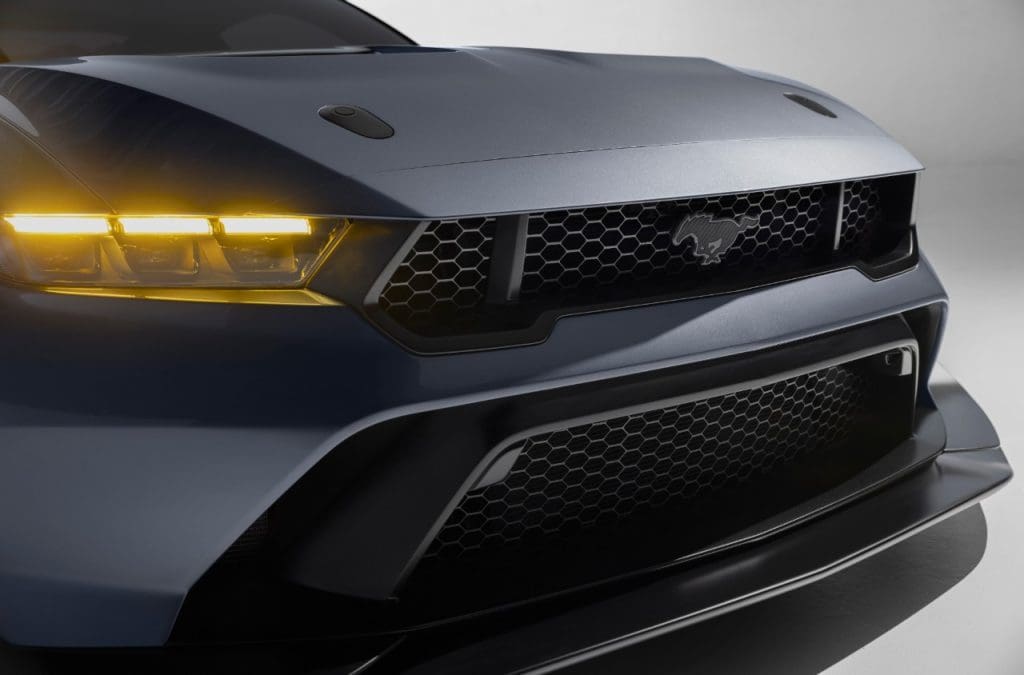
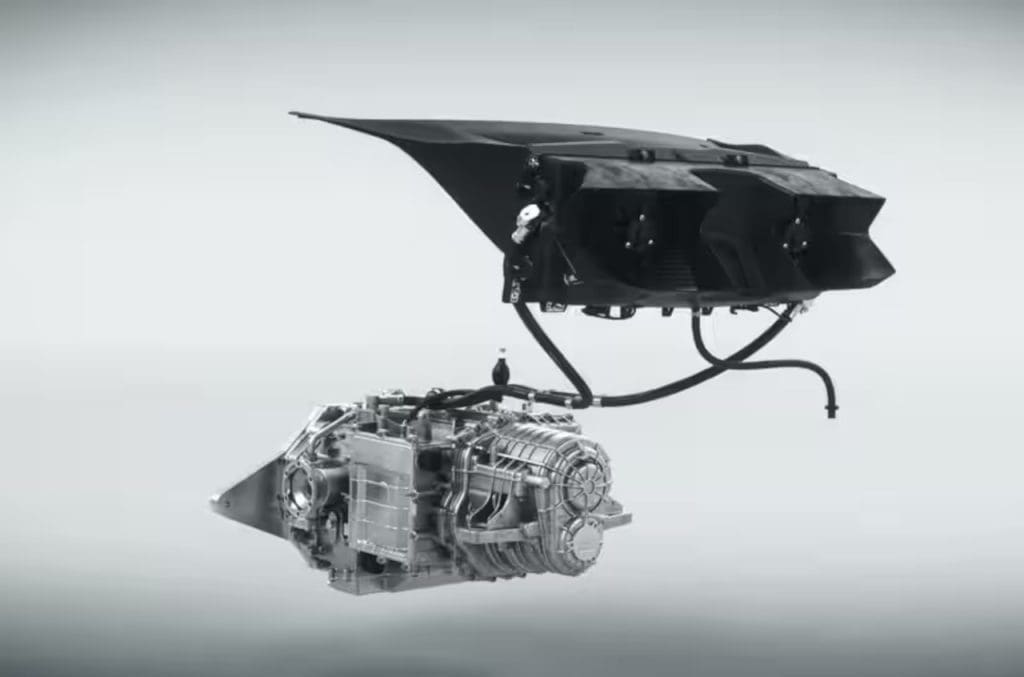


I OWN A LIME GOLD BLACK TOP 1967 MUSTANG CONVERTABLE SINCE EARLY 1968. 289″ 2BBL 3SP MANUAL. RUNS GREAT!!!